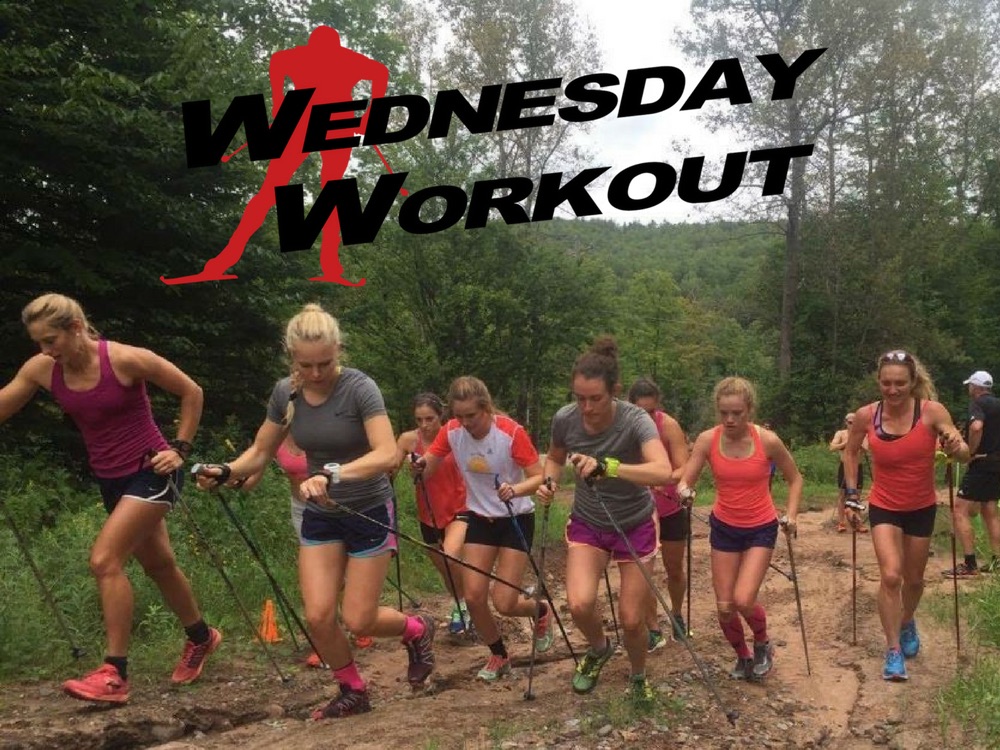The Russia I see is a rugged place. Resting to the north and east of Paris, Madrid, Milano, backed up against Mongolia and sharing the Caspian Sea with Iran, perhaps this shouldn’t come as a surprise. br /br /a onblur=”try {parent.deselectBloggerImageGracefully();} catch(e) {}” href=”http://1.bp.blogspot.com/_Qy8LpbgYOag/SYmExJUx5HI/AAAAAAAAAFM/31WqlJzADq8/s1600-h/lenin_longways.jpg”img style=”display:block; margin:0px auto 10px; text-align:center;cursor:pointer; cursor:hand;width: 400px; height: 265px;” src=”http://1.bp.blogspot.com/_Qy8LpbgYOag/SYmExJUx5HI/AAAAAAAAAFM/31WqlJzADq8/s400/lenin_longways.jpg” border=”0″ alt=””id=”BLOGGER_PHOTO_ID_5298912416429630578″ //abr /br /Outside the city of Cton I am awoken to wheels bouncing over chunks of ice on a patchwork road. Outside, grey plumes from coal burning smokestacks mix with the white winter sky. On the ground, grey ribbons of footsteps once trodden, over and over, mark the path across the winter snow from blown-out apartment buildings to bus stop. br /br /Stopped beside a bus at a traffic light, I see only a muddle of bodies behind the window, the condensed humidity of huddled people checkering the glass white with frost. br /br /Beside the bus line, a convenience store sells smokes and supplies. A pack of Russian branded cigarettes costs ten rubles, or roughly 1/24th what Marlboros cost at home. A tall, thin can of sugar-free Red Bull, fifty-nine rubles. Some indulgences cost more than others.br /br /Inside the apartments, the sight of color finally presents itself. Inside, laundry hangs to dry. A teammate says, “People living on top of people.” It’s more than a sentence. It is a statement. For this Southern Vermonter, who just purchased seven acres of land in Weston, condo living of any kind comes as an abomination. To some – to most perhaps – Stalinist era architecture leaves something left to be desired. br /br /The Russia I see is a self-reliant country. Just as the Russian military designs, builds and flies Mig airplanes, we flew to Russia aboard a Tupulov Tu-204-100. The aircraft is designed, built and exclusively flown within, and to, Russia. The low bypass turbo fan engines burn more fuel than a similar sized Boeing or Airbus. The jet engines run in even the most extreme arctic conditions, though, and the Tupulov can land and take-off on unpaved, gravel airfields. With the weather too cold to race on Sunday – I awoke to -28C – perhaps this is a good thing. The world is full of compromise and negotiation, I guess. br /br /The Russia I see on the World Cup, too, work in isolation. On the World Cup, the U.S. has an Estonian and two Swedish servicemen. As an athlete, I’ve had two American, two Norwegian and one Swedish national team coaches in my eight years with the US Ski Team. Growing up, my club coach came from Oslo before a scholarship at the University of Wyoming, followed by the Western U.S. lifestyle, lured her away from Scandinavia. In contrast, Russia employs Russians, and only Russians, in its coaching and service ranks. br / br /The way I see this, the knife cuts both ways. By employing foreigners, we gain a perspective outside our own country’s way of working. These coaches and servicemen have a specialized set of skills and body of knowledge not easily acquired, nor in abundance within America. The study of economics might contribute something to this. Keynesian economics says demand creates its own supply. Maybe America has a surfeit demand for football commentators while Russia demands Russian-born, international-ready cross-country ski coaches. br /br /Maybe this is a problem. Then again, maybe it is an organizational strength of the U.S. Team, free to hire and fire the best in the world, regardless what country of origin a passport comes from. Maybe we just need to collectively channel what my friend Colby, while hearing Obama’s inauguration speech, said to me. “Obama promised to continue ‘protecting and promoting America’s interests abroad.’ I say we start protecting and promoting skiing domestically. That’d be a fight well worth all of our time.”br /br /The fight well worth my time these days is to do all that I can with the chances I have on the ski trails. Otepaa, Rybinsk, Val diDentro, Liberec, Lahti, Trondheim, Stockholm, this is mine, and my team’s, mission. I hope our sense of urgency, our professionalism and love of the sport leaves no other word to describe it. “This is our mission…” and you believe it, and follow it and join in on it too. br /br /I am reminded of this sense of mission while reading through I Had a Hammer again. Told through the words and experiences of Hank Aaron, I Had a Hammer is the story of a shy and quiet and confident kid who would hit more home runs than Babe Ruth or anyone before him ever did. Mr. Aaron is also a man who did just about more with the home runs he hit than anyone. br /br / Mr. Aaron was driven. And I don’t mean driven in a typical – or even major league ballplayer – sense. Rather, Hank had the kind intensity of purpose that stretches beyond all but the most Olympian of ideals, to attack one’s chosen profession with a Jesse Owens or Jackie Robinson-like sense of duty and opportunity.br /br /“Damn it all, I had to break that record,” wrote Aaron when bearing down on Babe Ruth’s 714. “I had to do it for Jackie and my people and myself and for everybody who ever called me a nigger.br /br /“Baseball’s role reached back to times when discrimination was an Irish concern, a German concern, an Italian concern. Since it first took shape in the grass of Hoboken, New Jersey, the diamond has been the Ellis Island of playing fields, offering its basepaths and batter’s boxes for the hungriest and readiest of able young men.br /br /“If there’s a single reason why the black players of the 1950’s and 1960’s were so much better than the white players – it’s because we had to be. And we knew we had to be. There was too much at stake for us to screw up. Black people had been crying out for opportunity in this country for two centuries, and we finally had it.”br /br /To get closer to the ideal set by Mr. Aaron each and every day; to help turn endurance sports into the Ellis Island for more Americans, young and old; to take the opportunities I have in front of me and pursue them with all my resources, this is the mission. “This is our mission.”div class=”blogger-post-footer”img width=’1′ height=’1′ src=’https://blogger.googleusercontent.com/tracker/2691525267872963085-2721252880007549581?l=in-the-arena-torin.blogspot.com’ alt=” //div



